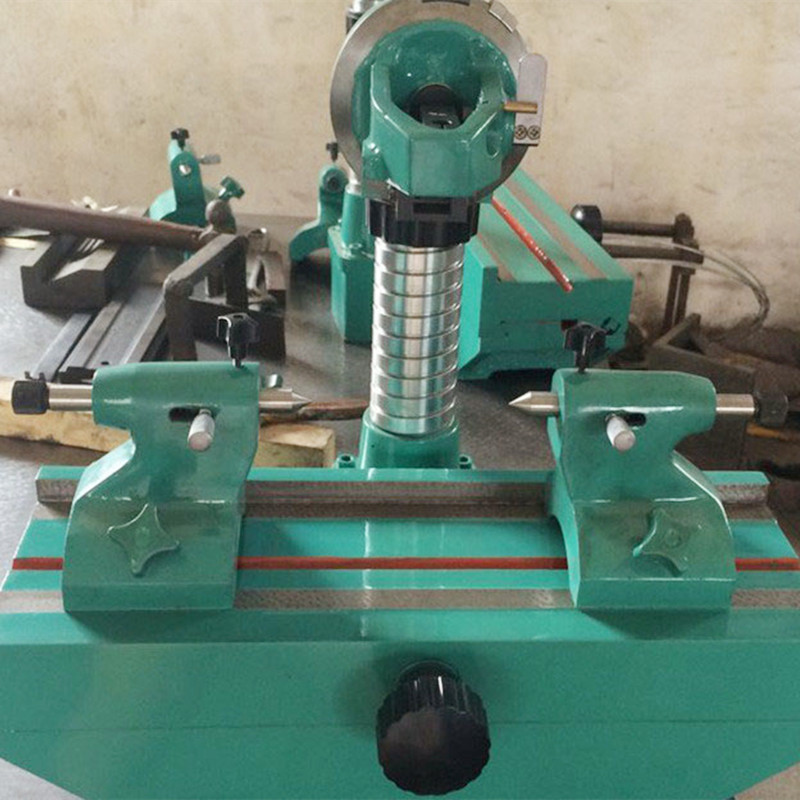Հկտ . 31, 2024 04:04 Back to list
two types of gate valves
Two Types of Gate Valves
Gate valves play a vital role in various industrial applications, primarily used for on-off control in pipelines. Their design allows for minimal resistance to flow when fully opened, making them an ideal choice for handling liquids and gases in different systems. Among the several types of gate valves available, the two most prominent are the slab gate valve and the expanding gate valve. Understanding their construction, functionality, and applications can help in selecting the right valve for specific needs.
Slab Gate Valves
Slab gate valves are the most common type, known for their straightforward design and efficient operation. These valves feature a flat gate that slides between two seats, which are usually made from materials that provide a strong seal. The simplicity of the slab gate design allows for easy maintenance and durability, making it a favorite in many industries.
One key advantage of slab gate valves is their low pressure drop across the valve when fully opened. This characteristic is particularly beneficial in systems where flow rates are critical. Furthermore, slab gate valves can handle high flow rates and large pipeline diameters, which is why they are often used in water distribution, oil and gas, and wastewater management systems.
However, slab gate valves are not without their limitations. They are not designed for throttling purposes because partially opening the valve can cause significant turbulence and potential damage. Additionally, slab gate valves should only be used in applications where a tight seal is not critical when the valve is closed, as the sealing performance may vary depending on the valve's condition and the media it handles.
two types of gate valves

Expanding Gate Valves
Expanding gate valves offer a more advanced design that enhances sealing capabilities. In these valves, the gate expands laterally when the valve is closed, creating a tight seal against the seats. This feature minimizes the possibility of leakage, making expanding gate valves particularly advantageous in applications where safety and reliability are paramount, such as in the petrochemical industry and high-pressure systems.
The design of expanding gate valves also allows for better performance under varying pressure and temperature conditions. This adaptability makes them suitable for handling a wider range of fluids, including those that contain solid particles or corrosive materials. Moreover, expanding gate valves can often be operated in either a rising stem or non-rising stem configuration, providing flexibility in installation.
Despite their advantages, expanding gate valves are generally more complex and expensive than slab gate valves. Their intricate design may require more maintenance and expertise for repairs, so it is essential to consider these factors when choosing the appropriate valve for a specific application.
Conclusion
In conclusion, both slab gate valves and expanding gate valves have their distinct advantages and limitations. Slab gate valves are simple, effective, and suitable for high flow applications, while expanding gate valves provide superior sealing and performance under challenging conditions. The choice between the two types of gate valves should be guided by specific operational requirements, media characteristics, and budget considerations. Understanding these parameters can ensure optimal valve performance and longevity in industrial applications.
-
Heavy Duty Knife Gate Valve PerformanceNewsJul.25,2025
-
Choosing Between Gate and Globe Gate Valves for Optimal PerformanceNewsJul.25,2025
-
Cast Iron Y Strainer DurabilityNewsJul.25,2025
-
Ball Style Check Valve MaintenanceNewsJul.25,2025
-
Types of Strainer in Piping SystemsNewsJul.25,2025
-
The Role of Master Ring Gage in Quality Control SystemsNewsJul.25,2025
Related PRODUCTS









